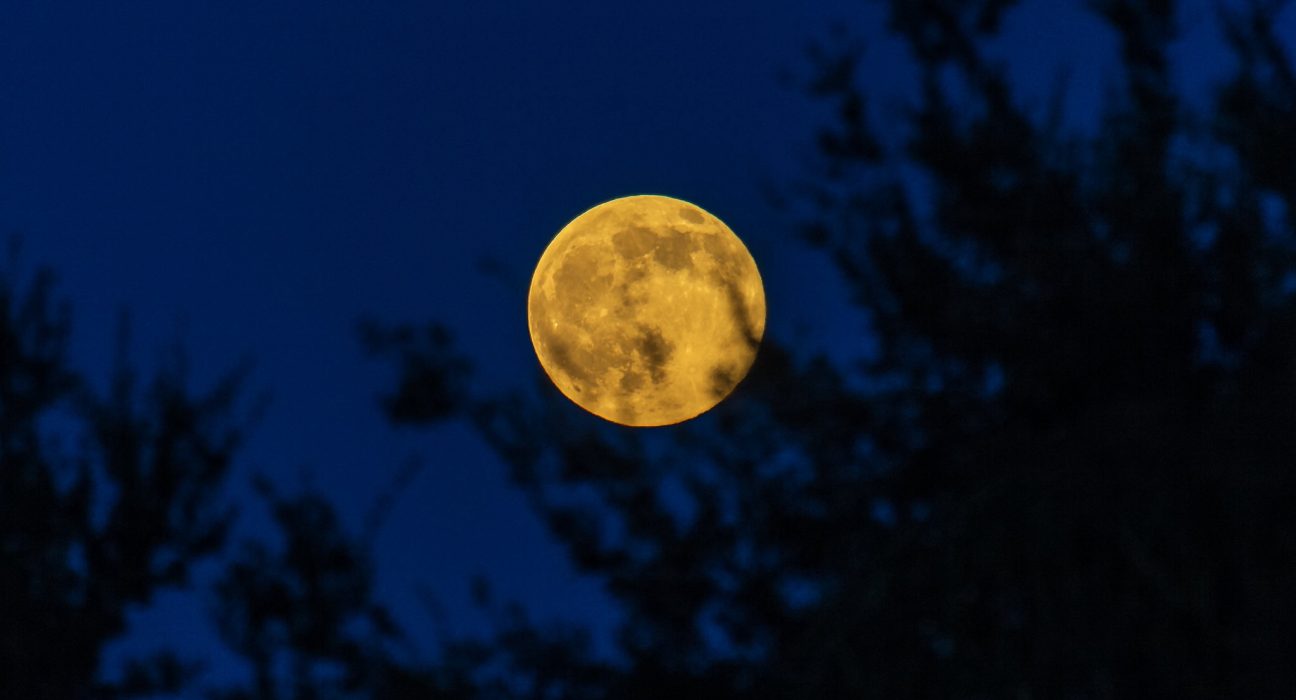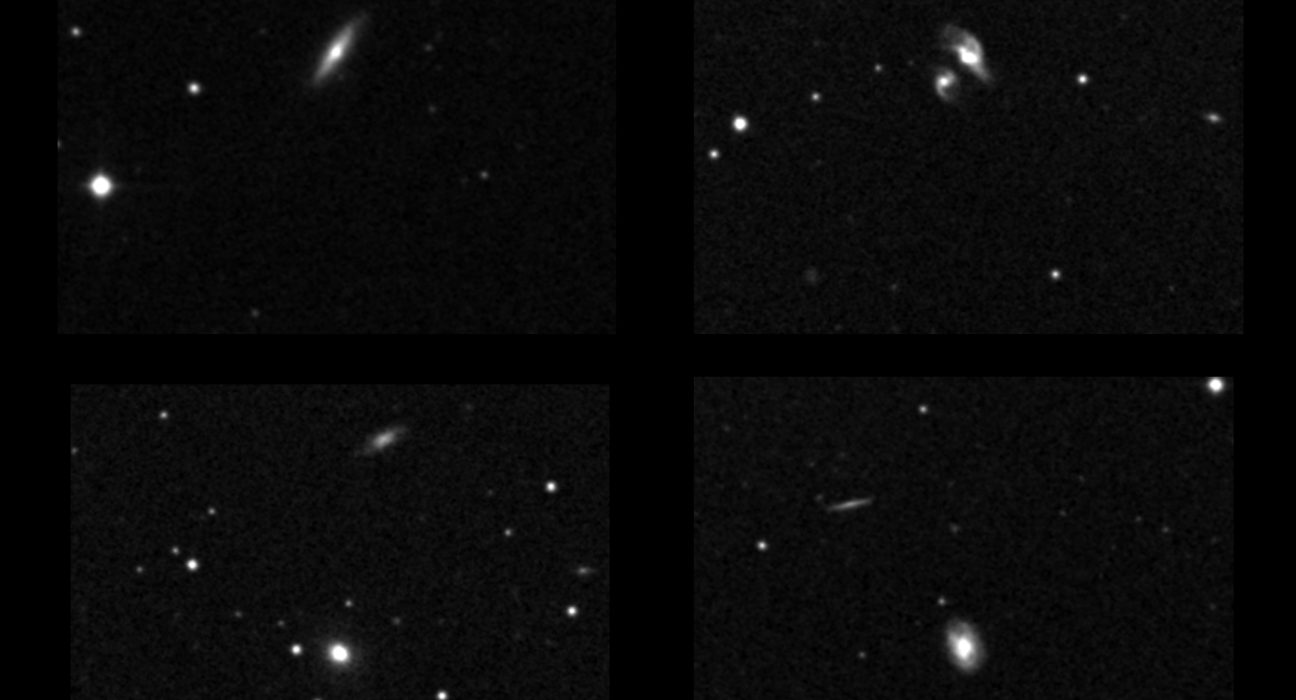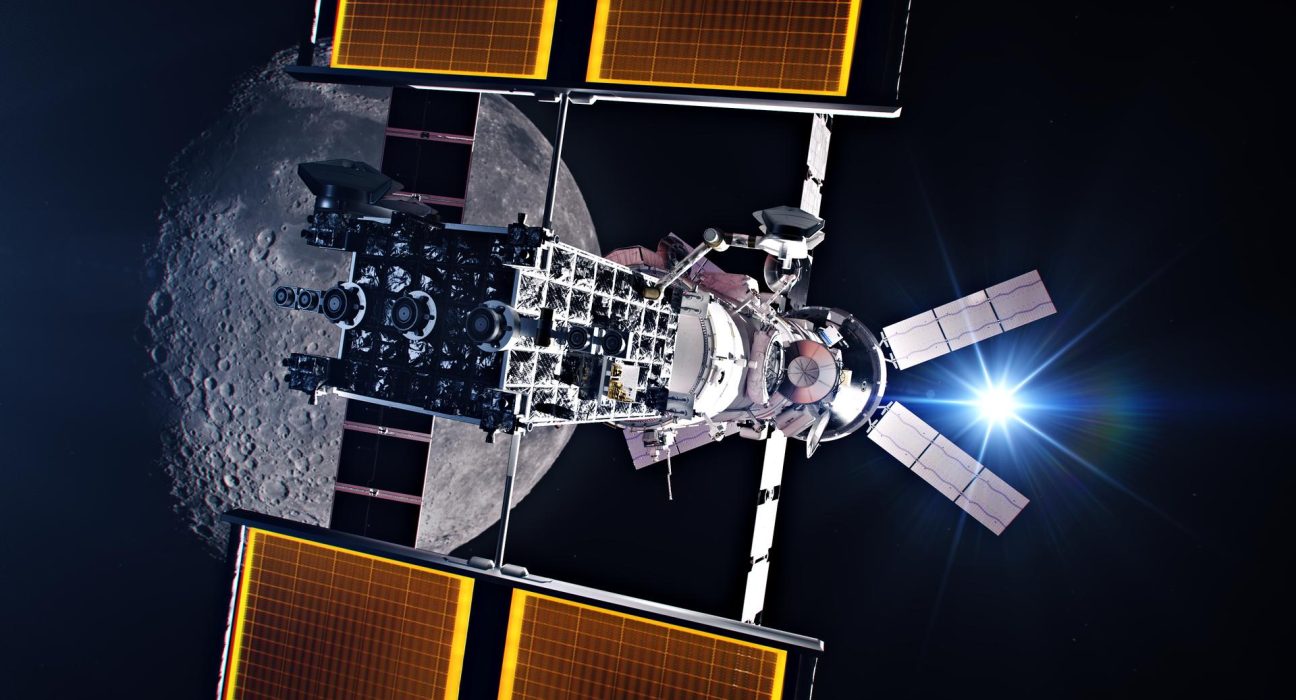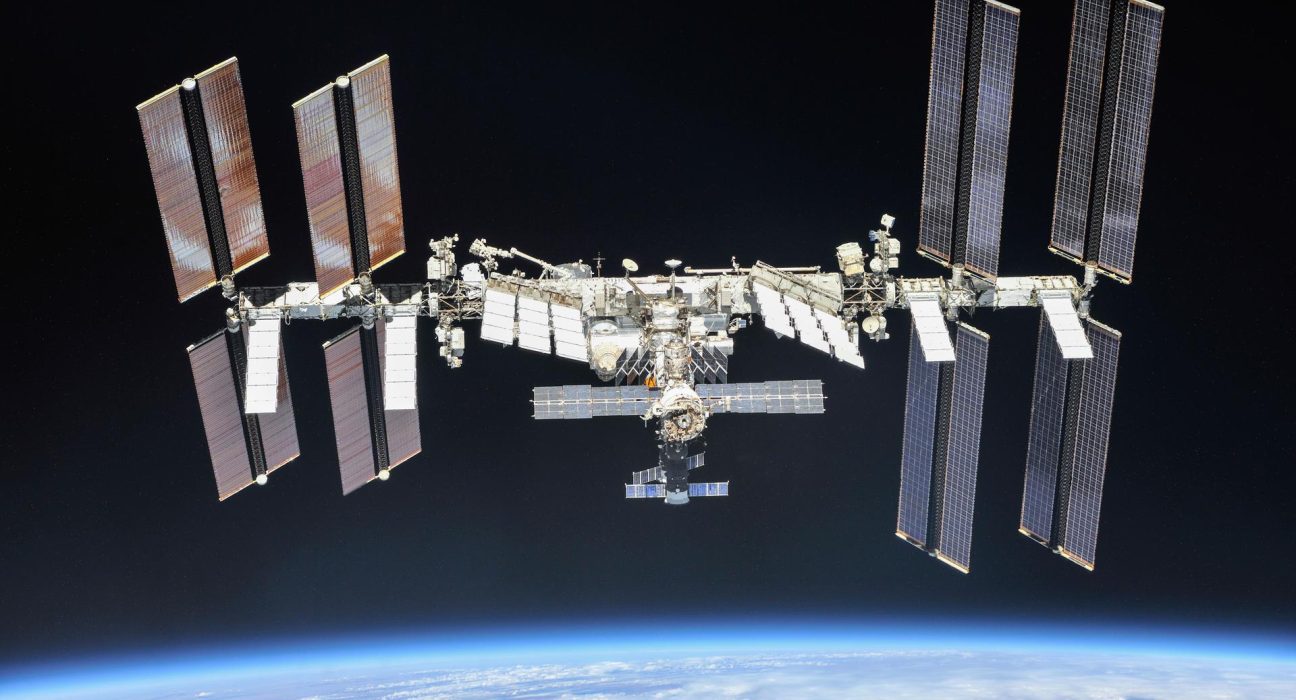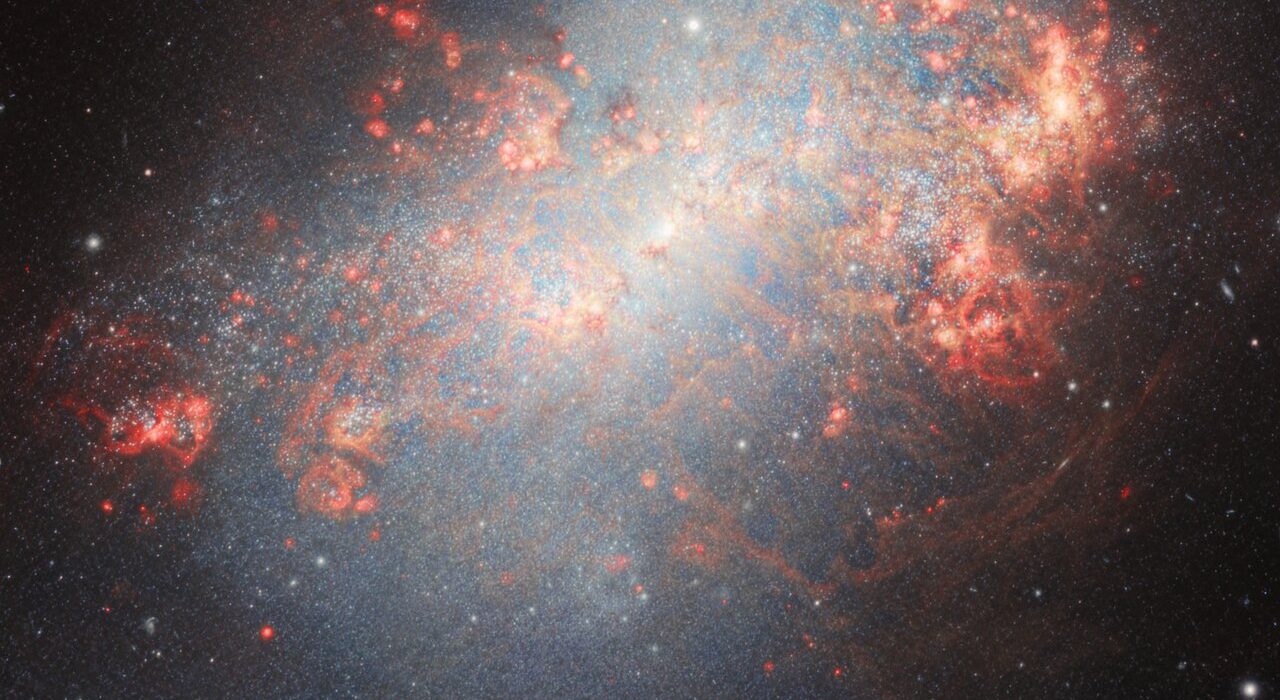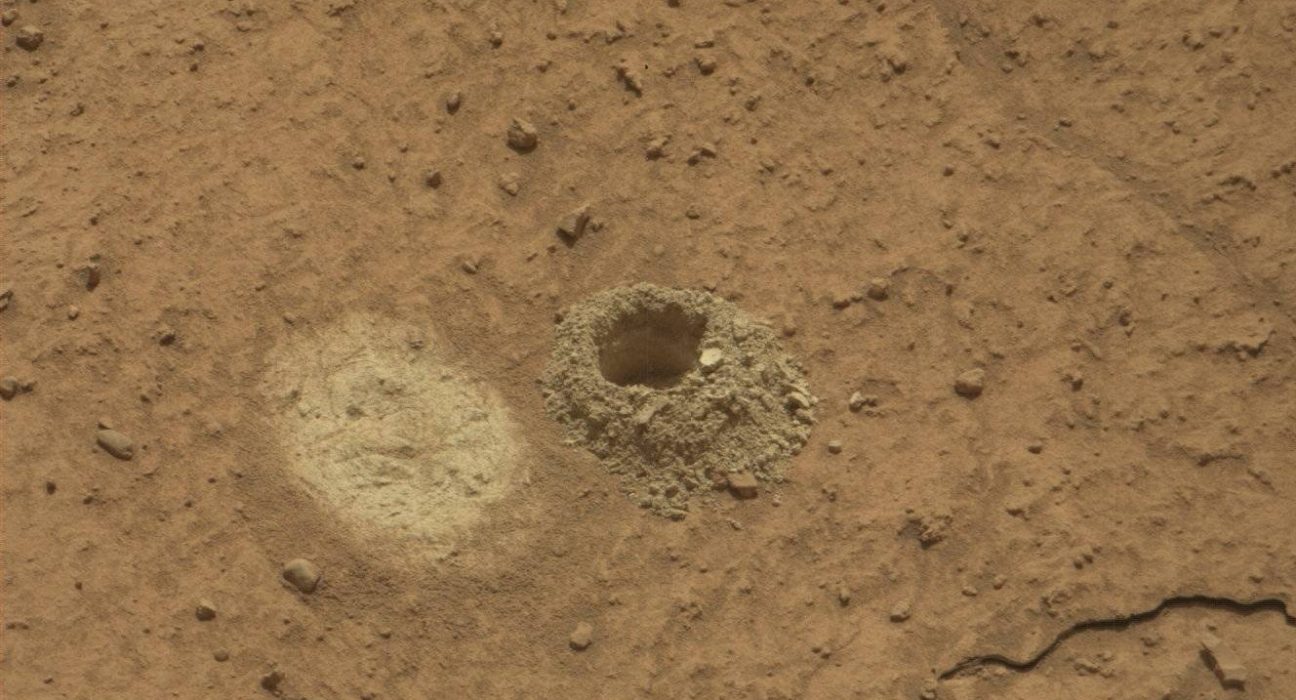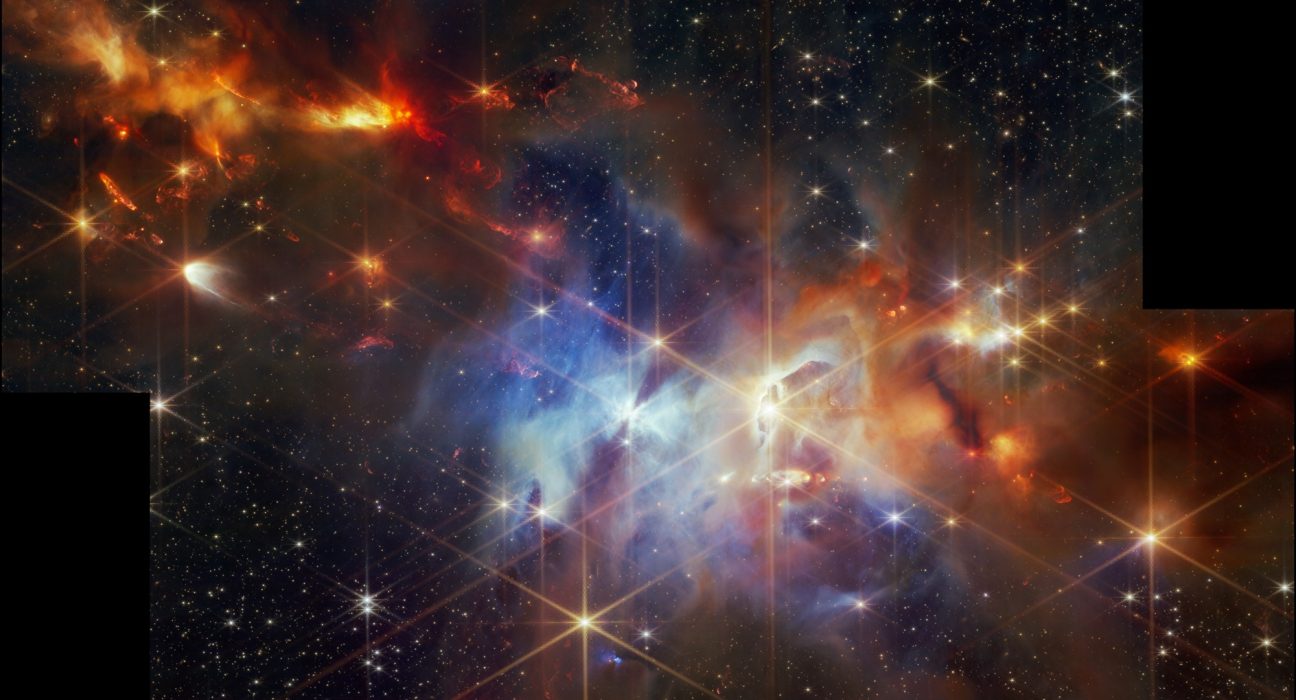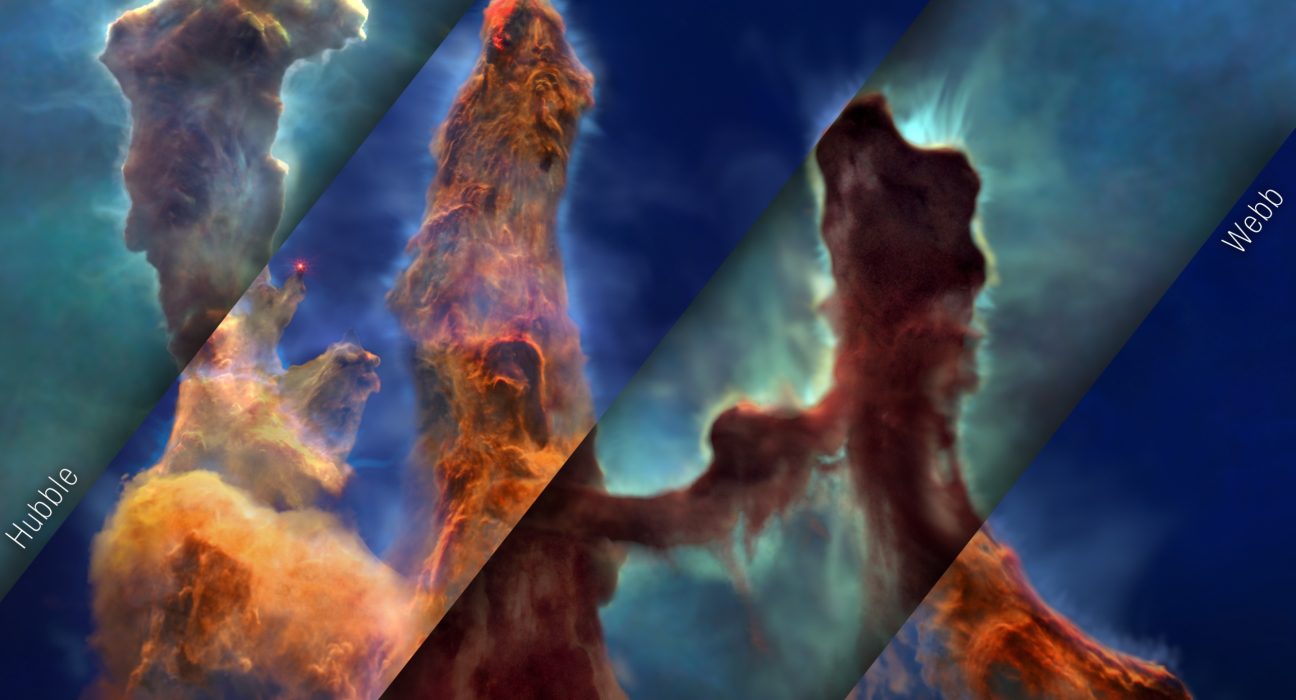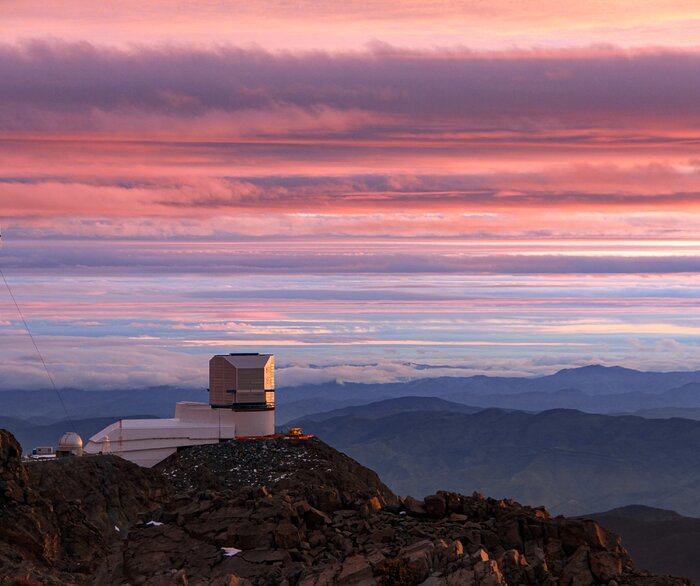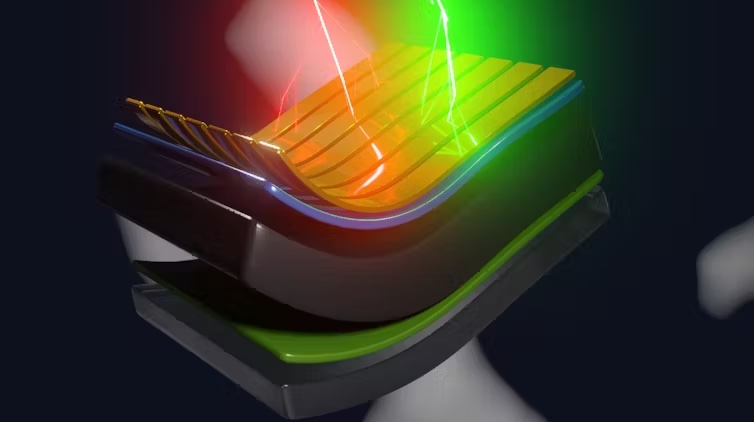When to see the Full Moon and its phases
The full moon, photographed in July 2016 from Melbourne, Florida. Credit: Michael Seeley/Flickr. The phenomenon of a full moon occurs when our planet, Earth, is sandwiched between the Sun and the Moon. This alignment ensures that the entire side of the Moon facing us shines in the sunlight. Thanks to the Moon's orbit around the







